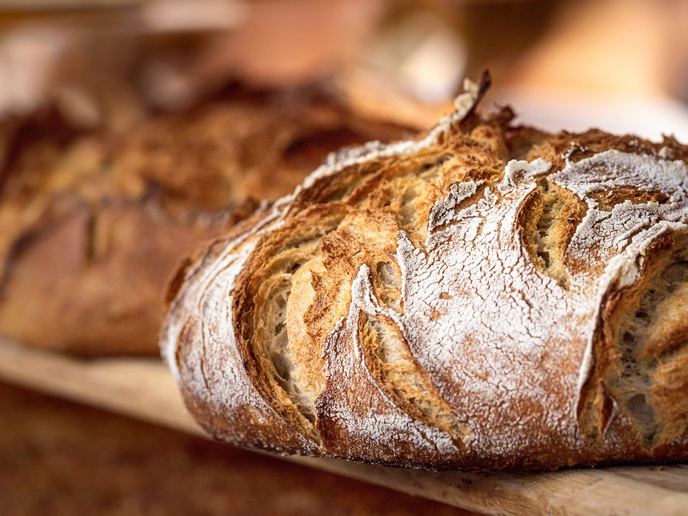EU researchers solve the NLR mystery in plants
Resistance proteins with nucleotide binding/leucine rich repeat domains, so-called NLR proteins, are among the most important weapons that plants have to defend themselves against their enemies – be it viruses, bacteria, fungi or even plant-munching herbivores. Not surprisingly, there is a constant tug-of-war, where plant pathogens continuously change to evade detection by NLR proteins and plants constantly innovate and generate new NLR protein variants. NLR proteins are thus the most variable proteins encoded by plants. However, while they have been studied for over 20 years, it is still unclear whether all NLR proteins made by a plant (which can be several hundred) have a specific function, or whether some are just produced as a ‘reserve’. The EU-funded NLRs project decided to find out. “We initially became interested in this topic when we saw that most of the genes for NLR proteins were only present in some members of the Arabidopsis species that we were studying,” explains project coordinator Rui Wu. “However, some of the genes are found in all Arabidopsis plants, suggesting that they have very special roles.” Fitness trade-offs in immunity Understanding how phenotypes are controlled by genotypes is the essential question in biology – and to the NLRs project. The genotype is the set of genes found in DNA responsible for a particular trait. The phenotype, on the other hand, is the physical expression, or characteristics, of that trait. Understanding natural genes and the mechanism mediated by the genotype behind a phenotype is key to facilitating a more feasible and practical application of science, particularly in agriculture. Within this framework, the NLRs project’s central efforts, which are in the general area of natural genetic variation, focused on fitness trade-offs in immunity. “We already knew that some NLR proteins are disadvantageous for the plant, as soon as no pathogens are around, explaining why plants try to lose them whenever possible” says Wu. The goal of the project was to solve the mystery of the NLRs that are present in all Arabidopsis plants. Early results suggest that some of the NLR proteins actually reduce the activity of other NLR proteins, thereby preventing inappropriate activation of the immune system and thus preventing a reduction of fitness by overactive NLRs. The GMO controversy A practical outcome of the project has been improved tools for the generation of non-GMO plants to study important genes using the CRISPR/Cas9 system, an advanced tool used for gene editing. According to Wu, GMOs remain a continuously debated issue. “In both academia and industry, field tests are needed when new important genes related to plant fitness or new breeds are developed,” she says. However, lengthy permits are needed to grow traditional transgenic plants with foreign genetic DNA sequences in the field. Wu developed an efficient CRISPR/Cas9 vector toolbox that quickly eliminates foreign transgenes used for genome editing. This strategy has shown to efficiently generate large, heritable deletions of DNA sequences and can be used in a high-throughput manner. Significant implications The project’s findings as to plant pathogen interaction within the framework of evolution will have significant implications for both industrial breeders and plant scientists working in academia. Furthermore, the project’s fast-track method for genome engineering with very easy removal of foreign DNA sequences should greatly help breeders as well.







